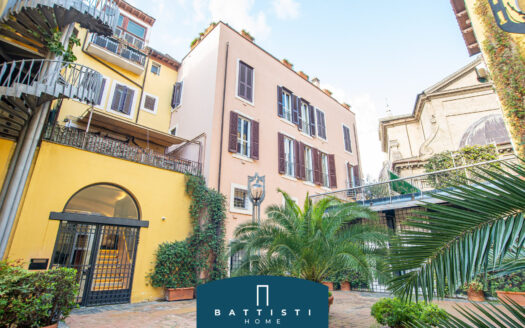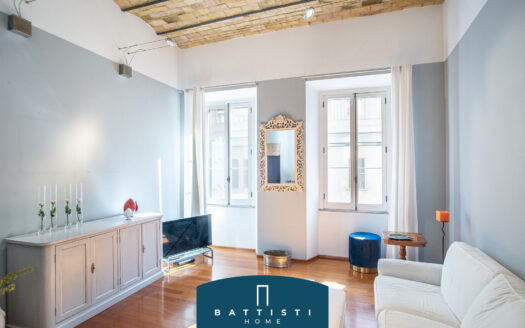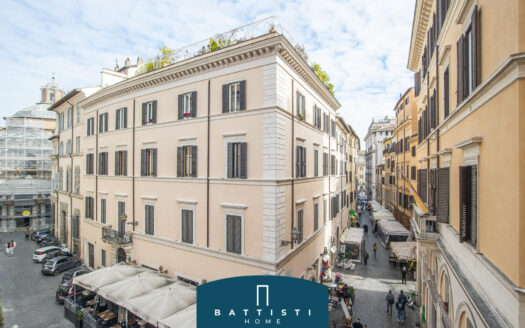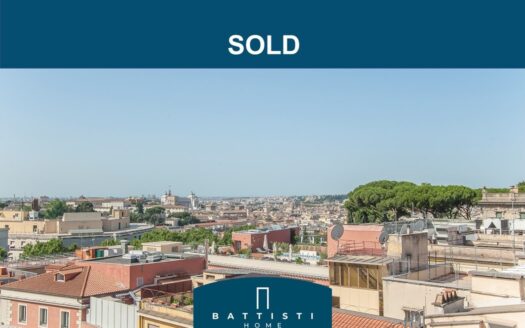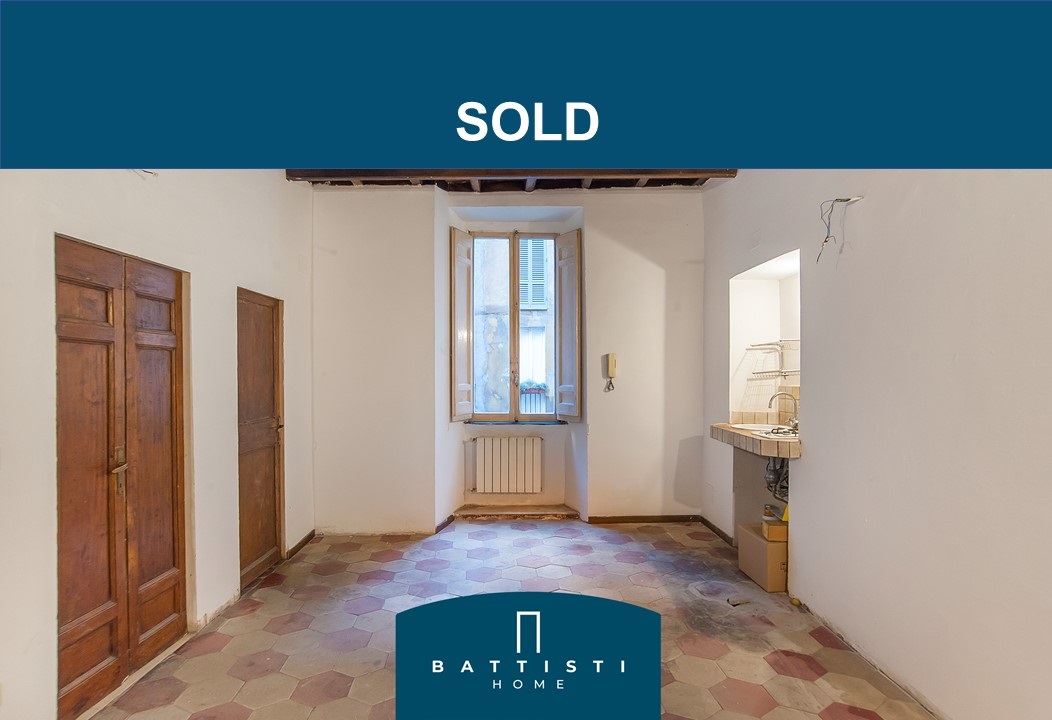- 3 Bedrooms
- 1 Bathrooms
- 1 Rooms
- 109 m2
- Year Built: 1900
- Condominium fees: €167
- Piano:1
Description
HISTORICAL CENTER – In one of the most important and coveted streets of the historic city, more precisely in Via Giulia, inside a historic building of historical importance-artistic, we offer exclusively the sale of a fine apartment of 109 square meters with a large terrace level.
Composed of: entrance, living room, kitchen, three bedrooms and bathroom. Complete the property terrace level of 24 sq m which contributes to undoubtedly enrich the value and prestige of the house.
The property respects the original atmosphere, with the use of wooden doors, coffered ceilings with exposed wooden beams and a charming terrace. All rooms have large windows that guarantee excellent air feedback and thanks to its exposure and location it enjoys absolute peace and privacy. This solution of particular charm, represents a rare and splendid opportunity for those who want to live in one of the most evocative districts of the Historical Center of Rome, in the elegance and fullness of all comforts. The property needs restoration.
The asking price is € 750.000,00 – Real estate consultant: Daniele Battisti – Isabella Cupioli RIF19BH23 Tel 06.96006341
Via Giulia is one of the most prestigious streets of Rome for historical and architectural reasons. In the Middle Ages Via Giulia was called “magistralis” because it was considered a main road; it was one of the first important urban developments of papal Rome. Its opening served three purposes: the creation of an artery of flow inserted in a new system of streets of medieval Rome; the construction of a large avenue surrounded by sumptuous buildings to witness the renewed grandeur of the church; and finally, the foundation of a new administrative and banking center near the Vatican, the seat of the popes. The street immediately became one of the main centers of the Renaissance in Rome. Numerous palaces and churches were built by the most important architects of the time, such as Raffaello Sanzio and Antonio da Sangallo the Younger, who often chose to move to the street. These were joined by several noble families, while the European nations and the Italian city states chose to build their churches in the street or in the immediate vicinity. The street, favorite address of the Roman nobility, became the scene of tournaments, parties and carnival parades. The street connects the area of Piazza di Ponte Sant’Angelo with Campo De Fiori and Piazza Navona and is shared by two districts: Rione Ponte and Rione Regola.




